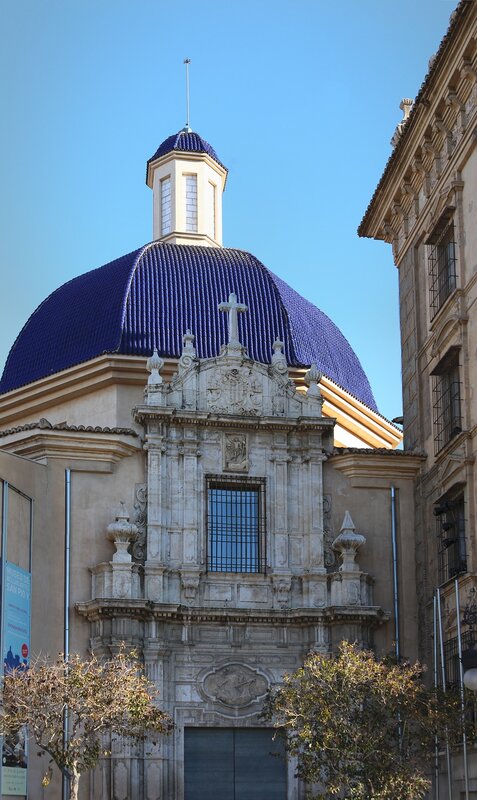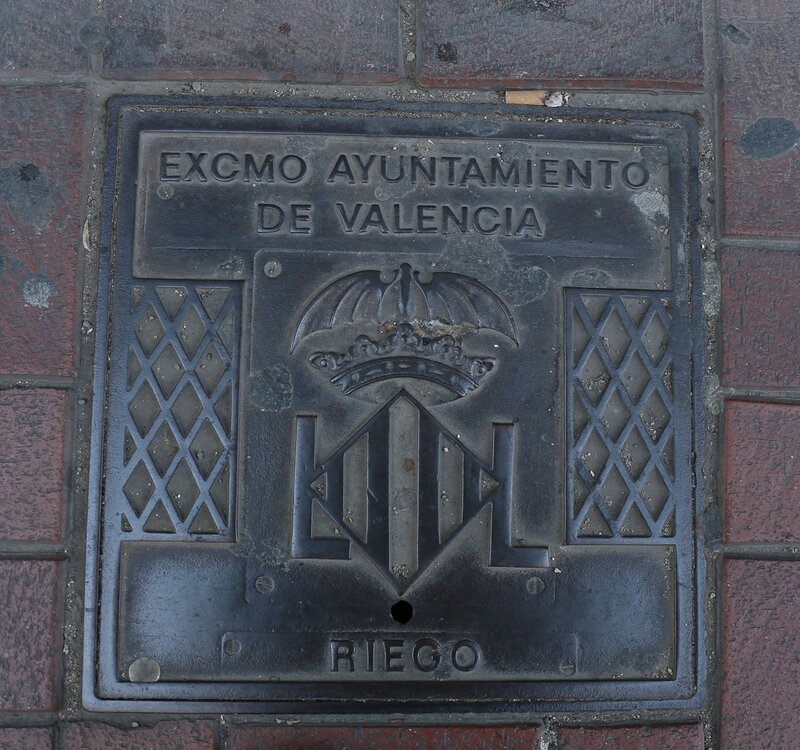Valencia. Museum of fine arts (Museo de Bellas Artes)
The Seminary building (Collegio) was built by the efforts of the Archbishop of Valencia, Juan Tomás de Rocaberti (Juan Tomás de Rocaberti) in 1683, designed by the architect Juan Bautista Pérez Castiel (Juan Bautista Pérez Castiel) and was named after the then Pope Pius V (collegio San Pio V). The school trained priests and missionaries.

Before becoming a Museum, the building changed many owners. During the Spanish war of independence, the College building was requisitioned by French troops and for some time served as the residence of Napoleon's brother Joseph Bonaparte. After the war, the building housed the military Academy, in 1820-1826 it was opened the house of mercy - the first social institution in Valencia, then the College again passed to the military, becoming the quartermaster's office. In 1843, a military hospital was opened in the building, which served its functions until the end of the civil war. Finally, the old College was occupied by the Museum of fine arts, which was located from 1839 until the Civil war in the adjacent building of the former monastery of Carmen (the monastery also gave its name to the urban area).

During the war, the Museum was closed, and most of the exhibits were taken to Madrid, where they were stored in the Prado vaults. The war did not pass the monastery by, and the paintings and sculptures returned from Madrid were decided to be placed in the surviving Pius V College. However, this required a major reconstruction, as the interior spaces were mostly small cells that were not suitable for use as exhibition halls. The work on the project of Ricardo Macarron and Francisco Mora Berenguer (Ricardo Macarrón, Francisco Mora Berenguer) began in 1940, the Museum opened its doors only in 1946.

It was taken over by the building and collection during the disastrous flood of 1957. On October 14, avalanches of water and mud from the Turia river broke through the Windows of the first floor, flooding the sculpture halls, the chapel, and the basements. Some works were lost forever,and many required immediate restoration. At the same time, the city authorities paid attention to the General condition of the Museum - a comprehensive renovation was organized, as a result of which the halls received modern climate control systems, so necessary for the storage of old paintings. Well, the Turia river was then floated to bypass the city, and parks and a grandiose monument were laid out in its courseCity of Arts and Sciences. Now the Valencian Museum of fine art (Museo de Bellas Artes on the map) is the second most important Pinacoteca in Spain (after the Prado) and the most famous Museum in the city.

To the left of the Museum you can seeThe monastery of the Trinity (Monasterio de la Trinidad on the map), founded in 1242. The first hospital in Valencia also worked here. In 1440, by the decree of Queen Mary, the monastery was transferred to the order of the clarissines and is still active today. I have met information that you can see the interior of the monastery Church, which has preserved its medieval appearance, on religious holidays.

Walking further along the "embankment" of the dry riverbed of Turia, you can see the residential complex Torres del Turia, made in the form of eight cylinders (from above it resembles a package of cans of beer).

Beyond the turian towers I looked at the former tram station buildingPont de fusta on the map. The tram was used in Valencia as a commuter transport from 1888 to 1995. This line was the first in passenger traffic in Europe. The development of bus services has made this type of transport irrelevant and now the building houses the district police Department, which seems to have been closed for the holiday season.

